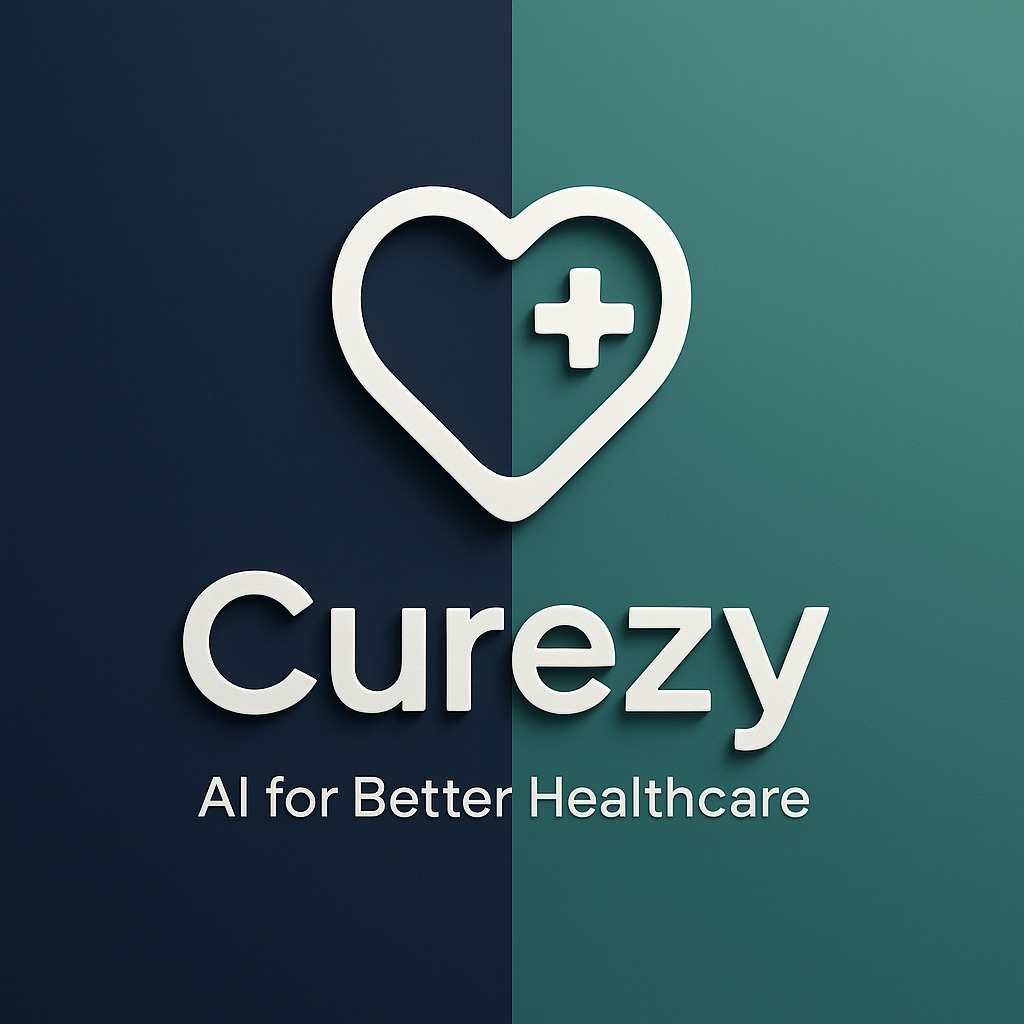Back
Only Buziness
Everything about Mar... • 6m
“Digital Dopamine Design: How Apps Hack the Brain to Drive User Engagement” Digital Dopamine Design refers to crafting digital experiences that stimulate the brain’s dopamine response—the chemical tied to reward, motivation, and pleasure. Think of infinite scroll, pull-to-refresh, or random rewards in games. These elements are intentionally designed to trigger micro-rewards that keep users engaged and coming back. Social media likes, streaks, or even app vibrations act as tiny dopamine hits. While these designs can increase user retention and interaction, they walk a fine ethical line. The key is using dopamine triggers not to trap users—but to reward progress, nudge learning, or encourage positive behavior. In ethical hands, dopamine design builds loyalty without addiction. From Only Buziness
More like this
Recommendations from Medial
Account Deleted
•
Urmila Info Solution • 5m
Fintech founders: Don’t just track user behavior — influence it. Most fintech tools are functional. But what if yours was… addictive? At Opslify, we help build: 💰 AI-based financial dashboards 🎮 Gamified savings journeys 📱 App experiences that n
See MoreHarshajit Sarmah
Founder & Editor of ... • 1y
Crypto platform for institutions, Anchorage Digital has recently announced its first #stablecoin rewards program. It will enable institutions to earn competitive rewards on PayPal USD (PYUSD) balances held at Anchorage Digital or in its recently la
See MoreVasvi Seth
Cyber Security Stude... • 1y
🚀 Excited to share about Parrot, an open-source Linux distribution that's a go-to for security professionals! 🌐 🔐 Designed for pentesting, forensics, and development, Parrot offers a robust suite of tools for cybersecurity experts. Its lightweigh
See MoreOnly Buziness
Everything about Mar... • 6m
“Dark Patterns vs Ethical UX: The Psychology of Design That Builds or Breaks Trust” Dark Patterns are manipulative design tactics that trick users into taking actions they didn’t intend—like adding hidden costs, confusing opt-outs, or guilt-tripping
See MoreDownload the medial app to read full posts, comements and news.



































